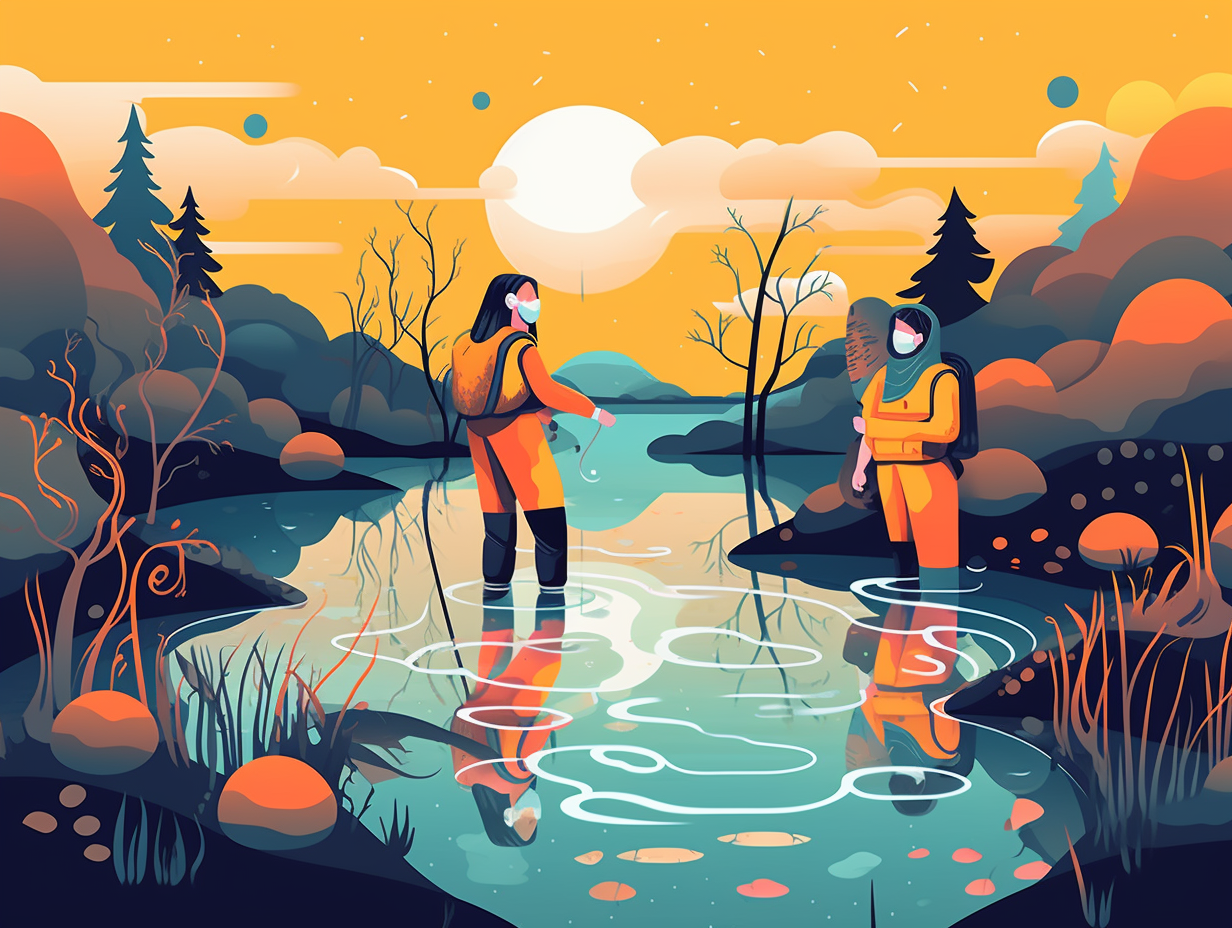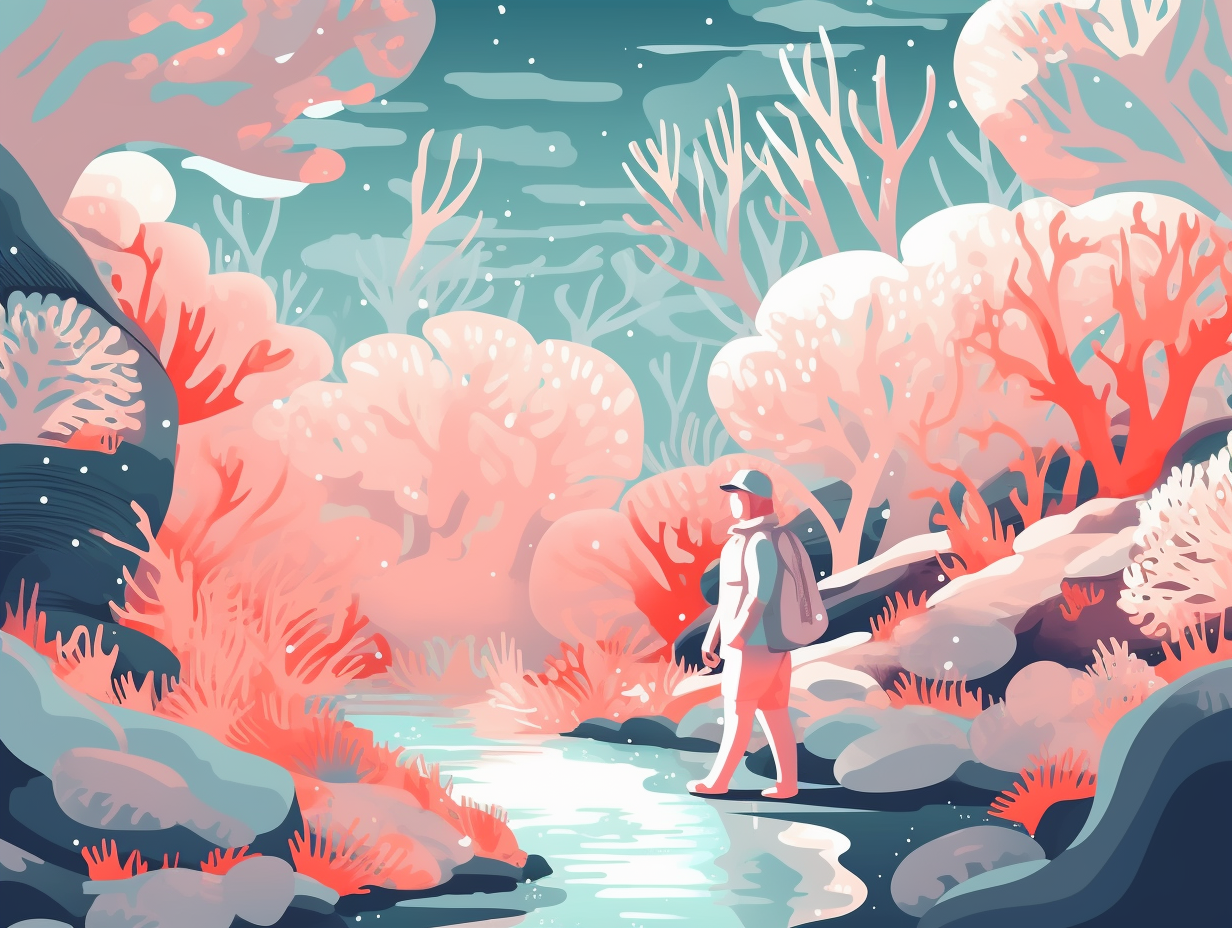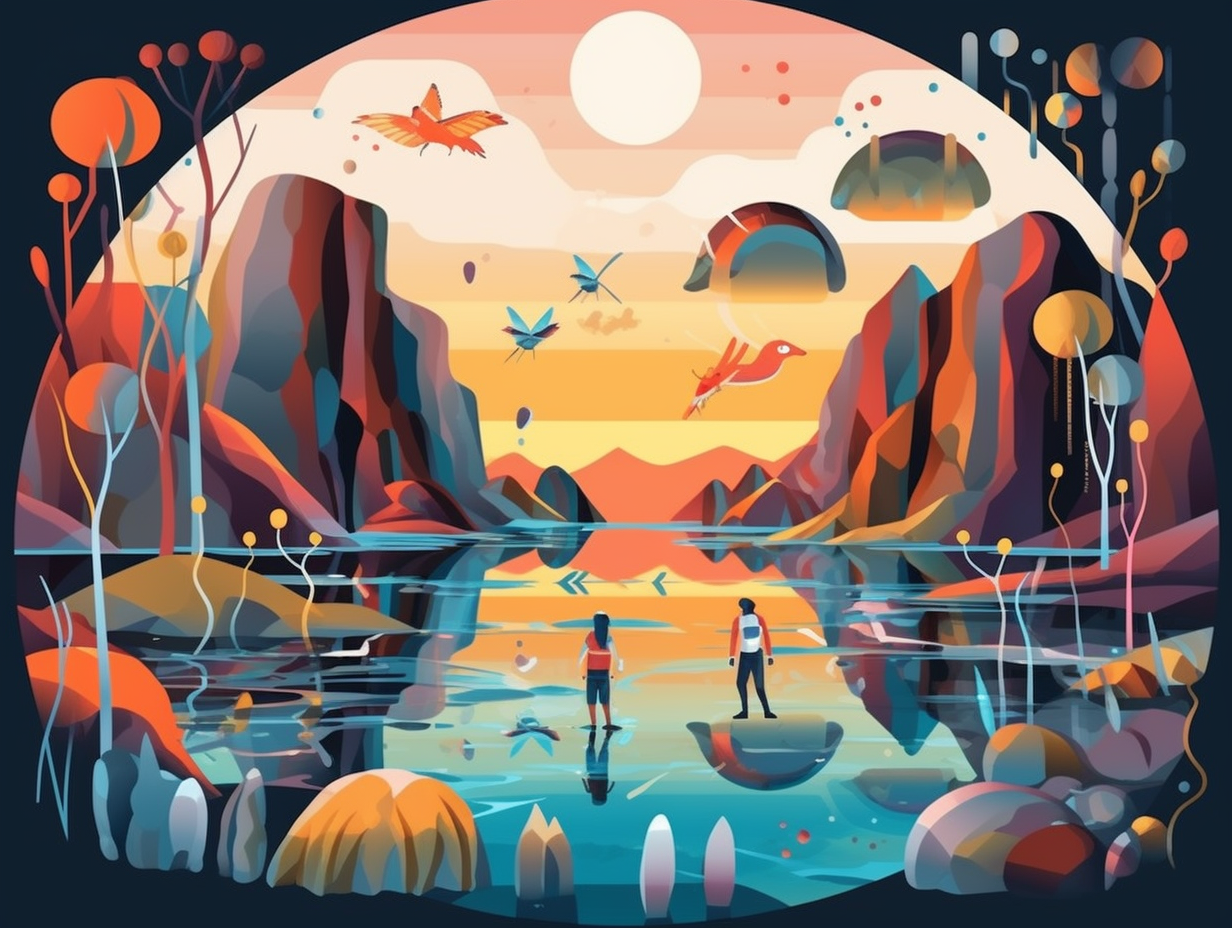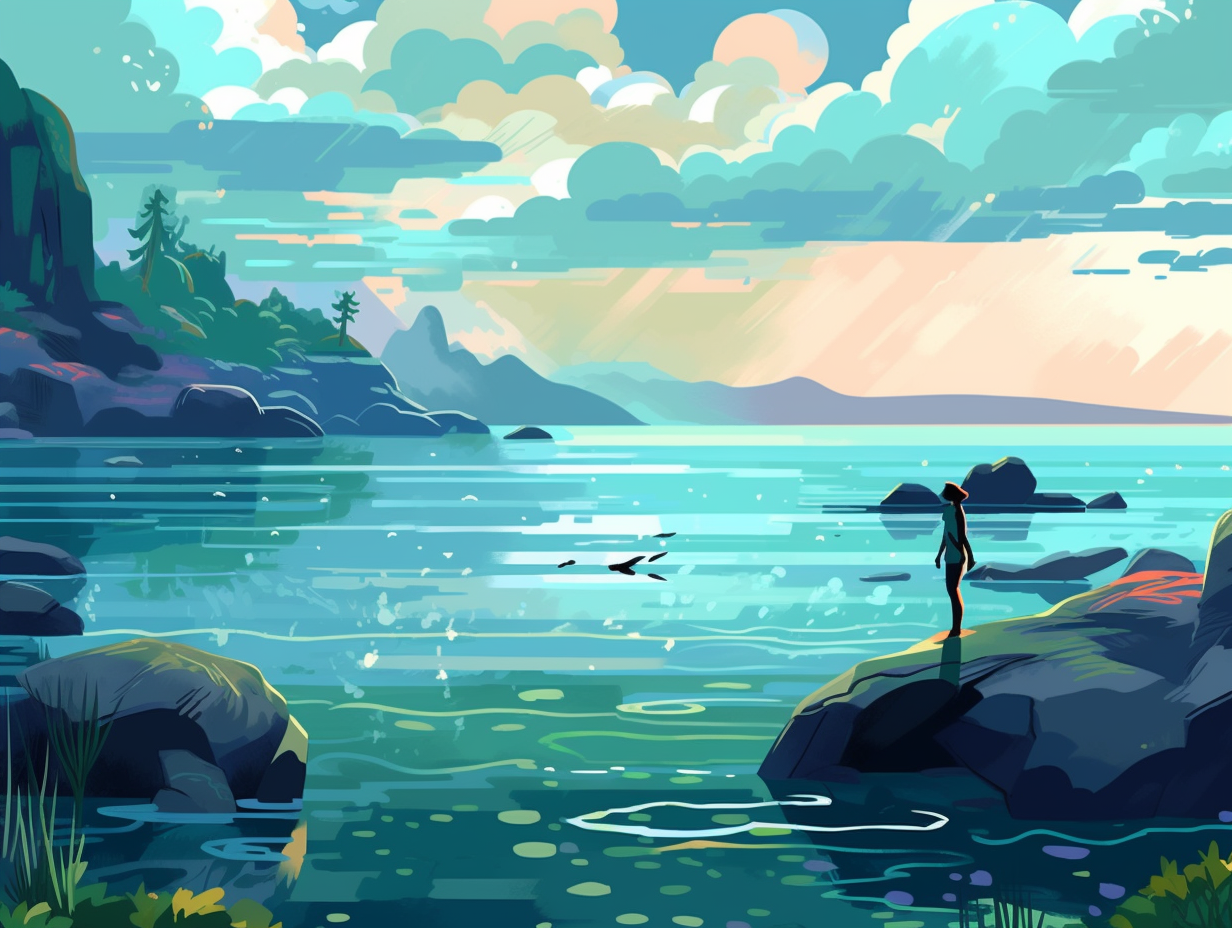Discover the Shocking Truth: Top 13 Fun Facts About the Great Pacific Garbage Patch You Never Knew!
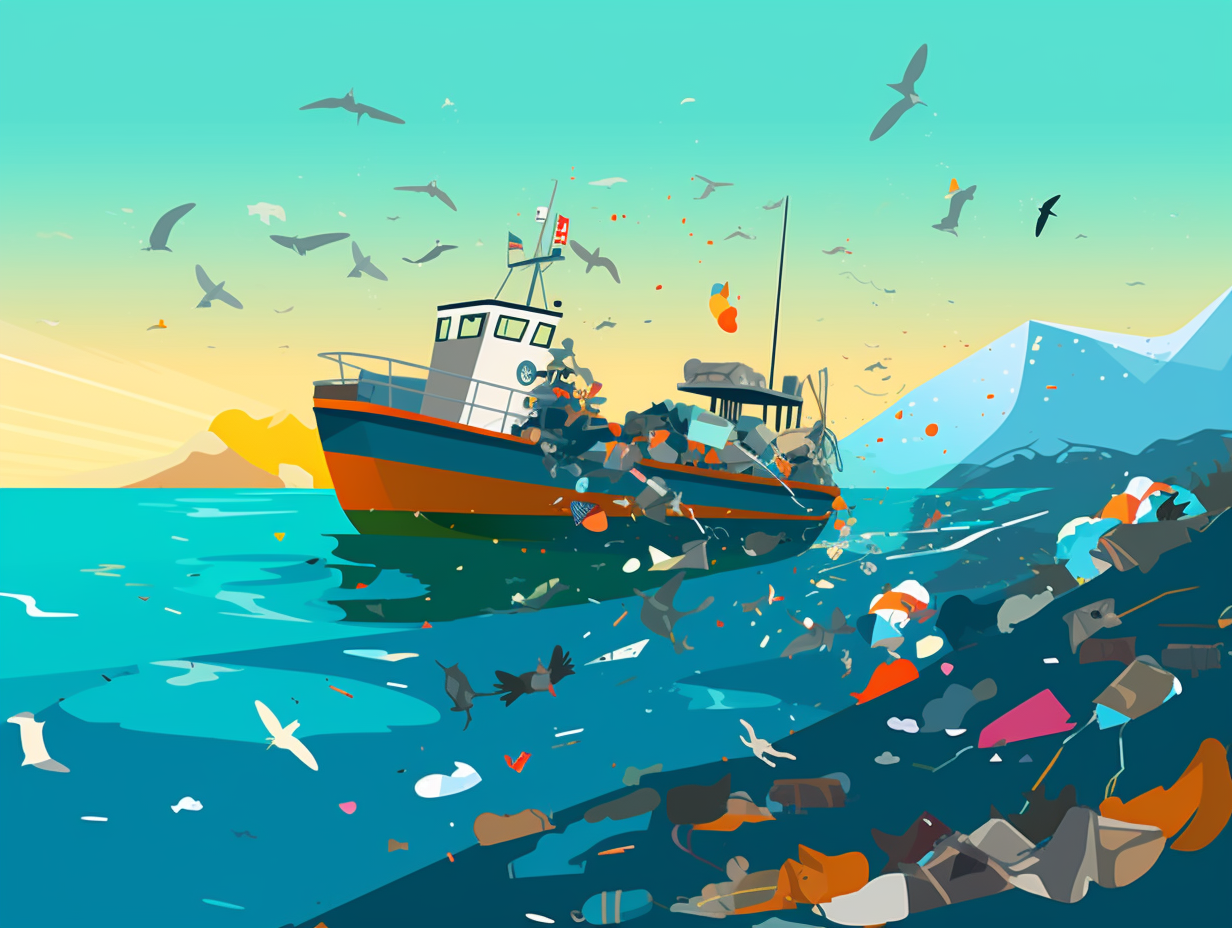
1. Exclusive Vacation Spot
What do you call a vacation spot so exclusive even oceanographers can't get their toes wet? The Great Pacific Garbage Patch, of course: a marine debris playground sprawling across the ocean surface all the way to the floor, tucked away in a not-so-cozy corner of the North Pacific Gyre and constantly changing its size due to unpredictable ocean currents and winds.
Source => marinedebris.noaa.gov
2. Murky Plastic Soup
When you imagine the Great Pacific Garbage Patch, you might picture a monstrous game of "Where's Waldo?" with shoes and fishing gear substituting the iconic red-striped character: but in reality, it’s more like an elusive, murky plastic soup with microscopic microplastics acting as the main ingredient.
Source => nationalgeographic.org

Did you know that just five countries contribute to a quarter of the total global mismanaged waste? Discover how a 50% improvement in their waste management could significantly reduce ocean pollution! 🌊🥤🐠
=> Fun Facts about Ocean-Pollution
3. 500 Jumbo Jets Party
Imagine if 500 jumbo jets went on a plastic-fueled bender, crashing a party at Poseidon's swankiest oceanic pad and leaving all their trash behind: The Great Pacific Garbage Patch holds around 80,000 tonnes of plastic debris, equivalent to the weight of 500 of these aircraft, spread across four size categories. Made up mostly of rigid polyethylene and polypropylene, as well as discarded fishing gear, this massive soiree of waste features a guest list that only thins out as it nears the edge of the party zone. And, just like any great shindig, the exact location and vibe are ever-changing due to the fickle whims of winds and currents.
Source => theoceancleanup.com
4. Ocean's Memory Lapse
You know that feeling when you walk into a room and can't remember why? Turns out, the Great Pacific Garbage Patch is having one of those moments, playing a game of hide-and-seek with itself: You might sail through the patch without seeing any debris, as microplastics are the most common type followed by items like abandoned fishing nets and plastic bottles; these materials constantly move with ocean currents and winds, making them hard to spot at times.
Source => marinedebris.noaa.gov

5. Nurdle Invasion
Move over, lentils, there's a new quirky pellet in town, and it's not for human consumption: The Great Pacific Garbage Patch is chock-full of "nurdles," tiny pre-production plastic pellets that often spill into the ocean, posing a major threat to marine wildlife who mistake them for food and suffer digestive distress as a result.
Source => nature.com
6. Poseidon's Hoard
Despite popular belief, the Great Pacific Garbage Patch is not a scenic vacation spot for litterbugs or the next sequel of Trash Island Adventure: It's actually a swirling vortex of tiny microplastics and larger debris caught in the North Pacific Subtropical Gyre. While some of the "party crashers" may take years to reach this ecological fiesta, most plastic guests are always on the move, with the petite ones just taking a few weeks to join the whirling dance floor at the center.
Source => nationalgeographic.org
7. Trash Concentration Gradient
Imagine the Great Pacific Garbage Patch as the world's worst pinata party, sprinkled miles wide with festive debris: the actual fact is the concentration levels decrease from the center outwards, reaching several hundred kilograms per square kilometer at its densest point. The majority of trash floats just a few meters below the ocean surface, creating a dangerous buffet for unsuspecting marine life.
Source => theoceancleanup.com
8. Oceanic Jamboree
What do you get when you cross an ocean with a bad case of hoarding? The clutter-filled house of Poseidon himself: The Great Pacific Garbage Patch is not actually a solid island of plastic as one might picture, but a vast region teeming with micro-plastics, buoys, discarded fishing gear, and even whole vessels from the 2011 Japanese tsunami, all floating together in a messy, oceanic jamboree.
Source => sciencetimes.com
9. Eco-Friendly Confetti
Behold, the Great Pacific Garbage Patch: a not-so-fabulous plastic smorgasbord! This enormous soup du jour is not just your ordinary lost-and-found of aquatic waste, but a good ol' festive gathering of 80,000 metric tons of plastic scattered throughout the eastern North Pacific Subtropical Gyre – cheers to eco-friendly confetti! Seriously though: this massive, ever-growing plastic blob is a diffuse area where concentrations of everything from fragmented plastics to fishing gear are significantly higher than the surrounding ocean, giving scientists quite the party to clean up.
Source => nature.com
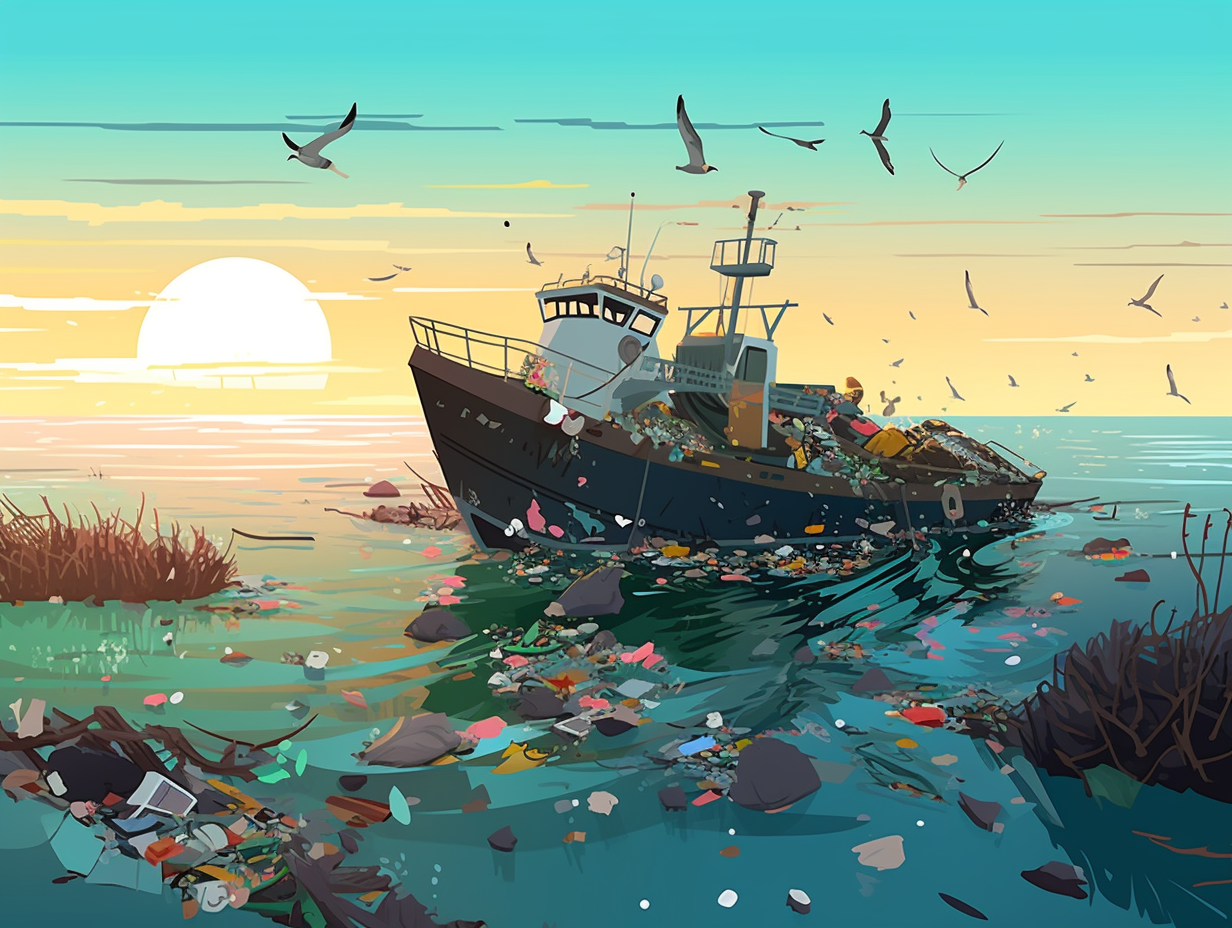
10. Jenny's Limelight
Who needs a red carpet when you've got a green one made of sea trash? Move over Hollywood, because The Ocean Cleanup crew is making waves with their star-studded debut of "Jenny," a plastic-kicking contraption worthy of all the limelight: Since August 2021, their experimental System 002, aka "Jenny," has triumphantly whisked away 100,000 kg of plastic from the Great Pacific Garbage Patch through 45 extractions, spanning a fabulous 3000km2—equivalent to the size of Luxembourg or Rhode Island. With a grand total of 108,526 kg of plastic collected thus far, Jenny's already given two and a half Boeing 737-800s a run for their weight, making her the belle of the ocean ball. But as they say, the show must go on, so she won't rest until the remaining 79,000,000 kg debris of sunken hopes and discarded dreams no longer goes with the current.
Source => theoceancleanup.com
11. Microplastics Fashion
Feeling a little plastic? The ocean can relate! Dealing with clingy remnants of last night's takeout and escaped bottle caps, the Great Pacific Garbage Patch is giving a new meaning to “microplastics fashion”: Overwhelmingly composed of plastic bags, caps, and Styrofoam cups, these microplastics can't always be seen by our eyes and make the saline waves appear cloudier. Plus, hold your breath – 70 percent of marine debris doesn't stay afloat but sinks to the ocean floor, creating an entire underwater landfill.
Source => nationalgeographic.org
12. Albatross Plastic Plate Special
If the Laysan Albatross entered a speed dating event for fine-dining enthusiasts, they'd likely exclaim, "I thought I was getting the Fish du Jour, but instead got the Plastic Plate special!": Research shows that the bright colors and small sizes of plastic pieces in the Great Pacific Garbage Patch often lead these birds to mistake them for prey — resulting in severe consequences, such as starvation, blockage, or even death, thus making plastic pollution a direct threat to their population.
Source => pressbooks.pub
13. Poseidon's Fishing Troubles
When Poseidon's fishing trips go awry and he leaves his gear behind, trouble comes in waves: Around 46% of the Great Pacific Garbage Patch, the world's largest ocean plastic dump, consists of discarded fishing nets, lines, and ropes, causing harm to marine life, habitats, and fish stock sustainability. Fear not, though, for WWF has risen from the great ocean depths, working with fishers, governments, and other organizations to reel in the problem and net more sustainable fishing practices.
Source => worldwildlife.org
Related Fun Facts

